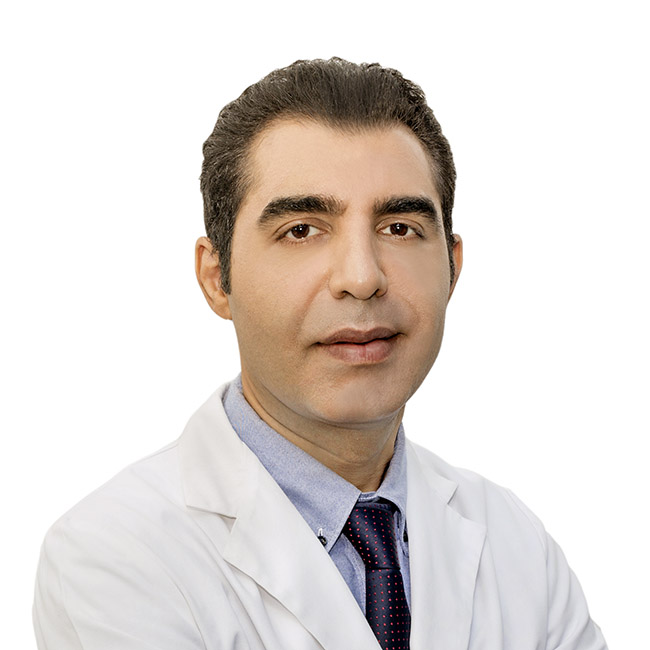Discopathy
Discopathy, a prevailing neuro-muscular disorder, primarily manifests in the spine, spinal cord, and spinal nerves, often leading to symptoms in the back and neck regions.
Statistics reveal that discopathy stands as the second most common reason for medical consultations after the common cold.
The etiology of disc-related conditions can be attributed to continuous physical pressure, though congenital abnormalities in the spinal cord and nerves may also give rise to this condition.
The risk of discopathy amplifies with advancing age, although it can manifest in younger individuals as well.
Erosive changes in the spinal structure and discs emerge as prominent risk factors for this condition in middle-aged and elderly populations.
While discopathy may occur at a young age, it frequently presents with age-related structural alterations in the spine and discs.
Symptoms of Discopathy - Unraveling the Clinical Manifestations
- Intense pain in the affected disc region
- Pain exacerbates with movement
- Dizziness
- Impaired balance while walking
- Pain alleviation with rest
- Aggravation of pain during sneezing
- Muscle stiffness along both sides of the back
- Limited spinal mobility Treatment Modalities for Discopathy
Physiotherapy represents the foremost non-surgical intervention for all forms of discopathy, readily available at Tuan Afza Physiotherapy Clinic in West Tehran.
Physiotherapists employ manual therapy techniques, sports exercises, high-powered lasers, and spinal stretching to enhance the condition of patients grappling with this prevalent disorder.
In instances where non-surgical treatments prove ineffective, surgical intervention serves as a final recourse.
Lumbar disc closed surgery with high-power laser stands as an effective modality for discopathy treatment.
The Significance of Treating Lumbar Discopathy
Lumbar discopathy denotes disc-related ailments arising from persistent physical pressure or congenital anomalies that involve nerves and muscles.
Lumbar discopathy can manifest at any level of the spine, with a predilection for the back and neck regions. The most common symptoms arise from nerve compression caused by a herniated, degenerated, or ruptured disc in the lumbar spine.
For individuals seeking definitive lumbar discopathy treatment, whether surgical or non-surgical, it is vital to seek guidance from orthopedic specialists and specialized clinics. Specialized orthopedic clinics provide expert management of lumbar discopathy through appropriate methods, forestalling further impediments to quality of life.
Diverse Treatment Approaches for Lumbar Discopathy
Treatment for lumbar discopathy can be broadly categorized into surgical and non-surgical methods. The non-surgical approaches encompass supportive and care treatments, utilization of pain relief and anti-inflammatory medications, and application of cold or warm compresses.
Additional non-surgical treatments encompass specialized painkillers, prescribed by physicians, specialized physiotherapy, and intraspinal injections such as ozone and corticosteroids, renowned for their efficacy in alleviating common lumbar discopathy symptoms. Temporary use of medical belts and specialized braces may be advised by specialists.
Furthermore, alongside the main treatments, complementary treatments from the domain of rehabilitation medicine can play a supplementary role in managing lumbar discopathy effectively.


